Car of the Week: 1956 Dodge Power Wagon
A 1956 Dodge Power Wagon has lived its life in service to Monks and a forest fire warden. The Dodge now is on its third stink in life and has never looked better.
Jerry Mattison is likely to show up wearing a forest fire warden uniform whenever he takes his fabulous 1956 Dodge Power Wagon out for a spin.
If Mattison chose to arrive in an ankle-length robe and toting a big book of scripture, that would be appropriate, too.
Mattison’s burly Dodge has seen duty serving both groups. Most of its life the Power Wagon was used by cloistered monks as a beast of burden on a Vermont mountain. In its semi-retirement years, it is helping Mattison in his duties as a Vermont State Forest Fire warden for the town of Glastenbury. Regardless of where he takes it, Mattison can rest assured that the Dodge hasn’t looked this good since almost the day it was bought new back in 1956 by a member of the Charterhouse of the Transfiguration, a Carthusian Monestary on Equinox Mountain in southern Vermont.
“I think the only blacktop it ever saw was from the dealership to the monastery,” says Mattison. “The same brother had it since ’56 when it was new. They used it to bring in about 100 cord of wood a year and it pretty much just lived out in the woods. The truck was kind of an icon on the mountain.”
A few years back, the brother decided that it was time to move on to a more modern iron horse, and “he looked at me and said ‘It would be nice if someone could give it a new home,’” chuckled Mattison. “So I said, ‘Well, OK.’ And I bought it. It was all original and all garage kept, but it wound up sitting at my house for a couple of years before I actually had time to work on it. Finally we had a winter 4-5 years ago where we didn’t have much snow and I decided, ‘Well, if I don’t bring it in and tear it down and start working on it now, I might never do it. I’m not getting any younger.’”
Four years, and a lot of networking with other owners, planning and bloody knuckles, later, Mattison undoubtedly has one of the nicest ’56 Power Wagons you’ll find anywhere. The end result certainly belies the fact that he had never restored a vehicle before. The Dodge was an impressive first effort. “I tore it all down, put it all back together, and it ran!” Mattison laughed. “My wife was impressed with that!”
DODGE’S POWER TRIP
Dodge may not have been looking ahead to its civilian lineup during World War II when it was busy churning out military trucks from 1942-45, but it was those military efforts that ultimately spawned the granddaddy of 4x4 workhorses — the 1946 Power Wagon. They were spinoffs of the ¾-ton WC military trucks and originally called the WDX General Purpose Truck.
First-gen Power Wagons are often referred to as “Flat Fender” trucks. They carried a 1-ton rating (1/4-ton more than the military version) and lumbered along on a 126-inch wheelbase chassis with power coming from a 230-cid inline six linked to a four-speed manual transmission and a two-speed transfer case that provided part-time four-wheel drive. This effectively gave the trucks eight forward speeds and two reverse gears. Power could be sent forward or backward for use on a power take off or a winch on the front bumper. The Power Wagons were originally available as a pickup with an 8-foot bed, cab and chassis, and cowl and chassis.
The first generation of Power Wagons ran from 1945-50. The Second Series lasted from 1951 to early 1956. A host of technical improvements and came along in 1951, including a new bed in back, better engine mounts and stiffer springs. In 1955, 12-volt electrics and a synchronized transmission arrived. The Third Series offerings debuted in mid-1956 and included optional power steering, a new 10,000-lb. winch and key ignition.
The Carthusian brother who purchased Mattison’s trucks originally from a dealership in Greenfield, Mass., probably paid in the neighborhood of $2,500 before taxes (or divine discounts). He ambled through the hilly terrain in a 5,100-lb. steel mule that would go on to serve on a mission that would last more than six decades.
LABORING IN SOLITUDE
Deep in the woods on Mt. Equinox, the tallest mountain in southern Vermont, a group of about 15 men have joined in a life of extreme isolation and religious devotion. The members of the Charterhouse of the Transfiguration have taken vows of almost total silence and separation from the outside world, and made it their mission to spend their days praying for the rest of the outside world.
They live in separate cells, mostly meditating and praying alone. They eat once a day, alone in their room — save for a once-a-week group meal. They each have a wood-burning stove that they use for heat in their individual quarters, and some tools to cut and split their own wood.
That’s where the Power Wagon comes in. Several members of the group work as “brothers” who help keep the monastery running, doing chores such as cooking, cleaning and gathering fire wood. It shouldn’t be surprising then that when a group living such a hard, Spartan existence needed a truck, they chose the most basic, strong-willed machine available. The Power Wagon is as tough and rugged as it looks. And although the monks only put 27,000 miles on the Dodge in all those years, the Power Wagon took it lumps serving as a lumber wagon and ATV.
“As a kid my step dad worked at Bromley Ski Resort and the owner of the ski resort was big fan of them and I’d see them around — maybe six or seven of them,” Mattison recalled. “The more I was around them, the more I liked them. They are really simple and really rugged — almost bomb-proof. They’ve got great ground clearance, and you put it in 4-low you can get right out of the truck and it will just crawl along next to you. You won’t set any speed records, but they will climb a tree. It’s impressive what they can do.”
Mattison figured that the hardest part of restoring the Dodge would be simply getting it all disassembled — for the first time in its life — and straightening out the dents in the bed and box, courtesy of thousands of logs. He was right on both counts.
“Other than some body parts that were dented up, because it had been in the woods its whole life and taken some abuse … mechanically it was perfect. The biggest hurdle was getting it all apart. Being bolted together so many years, as you can imagine, it was all SAWZALLS and hammers. I thought I could get it apart in a year, but guys told me it would be at least two. They told me the whole thing would be a four-year process, and it was — almost four years to the day! There were 2 to 3 inches of grease in all the suspension and stuff just caked on … Getting it all apart was tough. Putting it all back together, that wasn’t as hard because I could go slow and methodically. I didn’t want to do any [rust repair], and I think the only thing I did have done was where the cab mounts on the driver’s side front . That was obviously the worst spot, so I had a local guy cut out and replace that and the guy did a phenomenal job. You can’t even tell it was cut out.”
Mattison’s first big fork-in-the-road decision came when he started working on the dents. He was determined to keep the truck as original and unmolested as he could, but even his impressive resolve had its limits. “I saw all the dents and thought I could pound them all out [laughs]. I started pounding and all I did was give myself a headache. Steel was a little different then than it is now. I just decided to replace all that.” He got new wood decking for the cargo box from Dodge of Central Michigan. “I got a lot of other stuff from them, too,” he added. “I think I got the new taillight through them.”
Tisdale Coachworks of Indiana, one the premier supplier of Power Wagon bed sides, boxes, door panels and other key restoration items for Dodge rescue projects, supplied new sheet metal for the box sides and running boards. Mattison also took the bench seat apart, reupholstered it and put all new guts in it. “That was interesting,” he said. “That’s the first time I ever did anything like that.”
“The engine, I tore it all down and put it back together with new seals. Electrically, it’s pretty simple, once you’ve got your grounds good. I had the wires reversed on the amp meter so it was reading the opposite of how it should, so I had to reverse that…. Halfway through ‘56 they changed them. They got new 12-volt electrical and a new synchromesh transmission, and a new armrest on the driver’s side door. Other than that they were pretty much the same truck they came out with originally in ’48. This still has the generator. I tried to keep everything as original as I could. I’m still running the generator and voltage regulator just like it was originally. No power steering or power brakes, of course. Oh, and I still have the original cardboard glove box. They make steel ones, but this was in pretty good shape after I cleaned all the mice droppings out of it, so I figured I’d go with the original glove box. It’s even got the original speedometer cable! It wasn’t broke, so I figured I might as well use it. It bounces a little, but it does read accurate.”
The biggest nod to non-originality Mattison made came when it was time to paint the truck. The Power Wagon wore Bermuda Coral in its previous lifetime with the Monks. Mattison decided to go a different direction.
“I started looking at all the old colors charts … and looking online at all the trucks that’s that are out there. There’s black and red, yellow and black. It seemed like red and black was the most popular, but being the outdoor type I decided to go [Pochartrain Green] and black. You don’t see as many of those. Then I had to decide between single-stage urethane or go base coat-clear coat. I went single-stage because everybody told me it was easier to keep up, and if I ever get a chip it’s easier to fix. Luckily, I haven’t had any of those.”
The crowning touch were the wheels. Mattison had plenty of choices, but again opted for authenticity with non-directional, military-style Firestone 9x16s.
“They make better tires now, obviously, but I wanted to stay original. They aren’t very good in snow and ice. Tire technology has changed a lot! But off-road in the mud they’d probably be fine.”
Mattison was quick to point out that the other hobbyists and connections he made around the country — most of whom he had never met before — played a large part in bringing the Power Wagon back to its present spectacular condition. Anytime he needed something or had a question, Mattison was able to get on his phone or his computer and get some help.
“It really was a learning process. I couldn’t have done it without the help of a bunch of people,” he noted. “Vintage Power Wagons in Iowa, those guys are a wealth of knowledge. Tisdale Coachworks does some incredible reproduction body part … Then probably the most influential group I had was the Facebook group Dodge Power Wagon Owners ’46-’80. Those guys are a wealth of knowledge and they are more than willing to help you. That was probably the biggest help of anything right there.”
Mattison joked that one of the reasons he wanted to bring the Power Wagon home and get it running was so that his daughter Jordan could discover what it’s like to mash some gears and stomp a clutch pedal. “She was kind of blown away at the thought of somebody actually driving something like this!” he says.
The acid test of all Mattison’s efforts finally came last spring when it was time to see if the Power Wagon was ready for a maiden voyage after four years.
“I was all excited once the snow left and got it out and put some gas in the and said, ‘Here goes nothing,’ and it wouldn’t start,” Mattison groaned. “I primed it and got gas in the lines and then it would start and quit. Then I added a little gas in the carburetor and it would quit. And it did it again and again. It was kind of a timing thing — I couldn’t get out of the truck fast enough and get around to the other of the truck in time to keep it running. Finally, I got it running and it’s been running ever since.”
His chances to show the truck off at car shows were almost all canceled due to the pandemic last year, but Mattison is hoping to make of up for lost time in 2021. He says his main passenger so far has been his dog. “We go out on Sundays and go fly fishing.”
Mattison also had some Smokey Bear and Forest Service graphics done for the Dodge that help him connect with kids when he is out doing fire prevention events.
“Nowadays kids don’t all seem to remember Smokey Bear,” he admits. “It’s kind of strange. ‘Smokey Bear, who’s that?’ So I’d kind of like to keep that going if I could.”
Wherever he takes the Power Wagon, Mattison says he definitely won’t be in a hurry. He’s going to get there at a leisurely pace, and it’s going to be a little bouncy. That’s what makes it fun.
“I’m just glad I was able to keep it all original,” he says. “I like the look of it this way. It drives like an old Farmall tractor, when all you had was a cab and windshield. That’s how they were designed. I looked at the resto-mods and a lot of guys are taking these trucks and putting full-blow diesels in them — the Cummins diesels. And a lot of them are like $250,000 trucks when they are done. My thought was if I could keep it as original as I could, you could always resto-mod it down the road, but I can’t go the other way.”
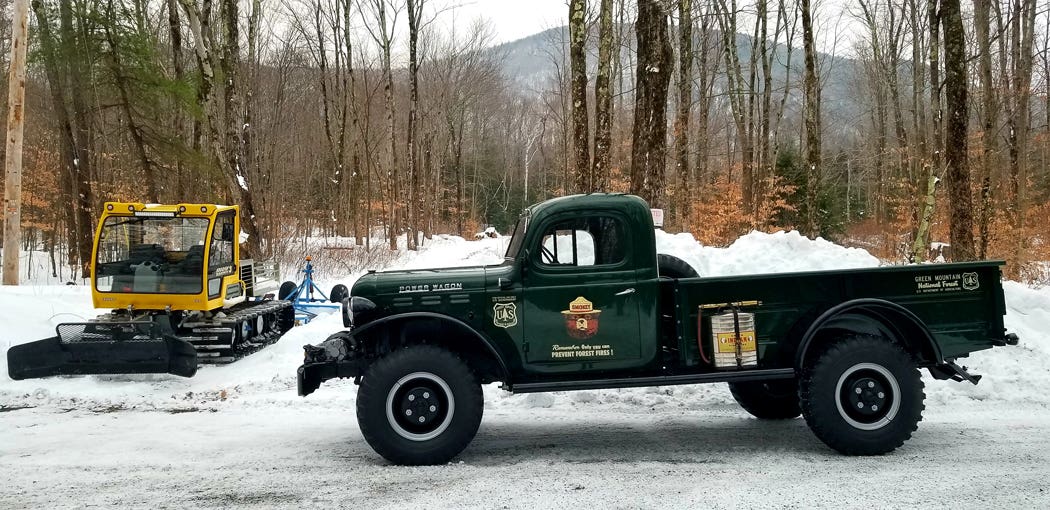
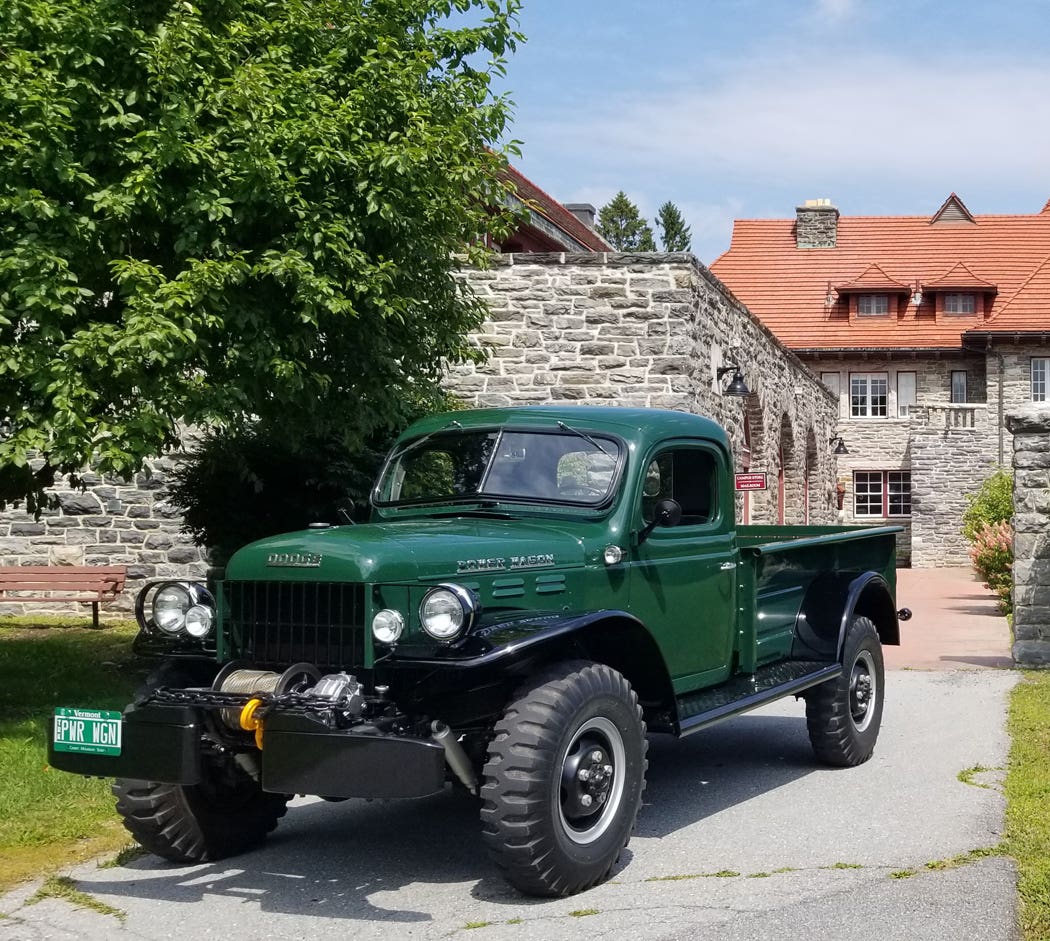
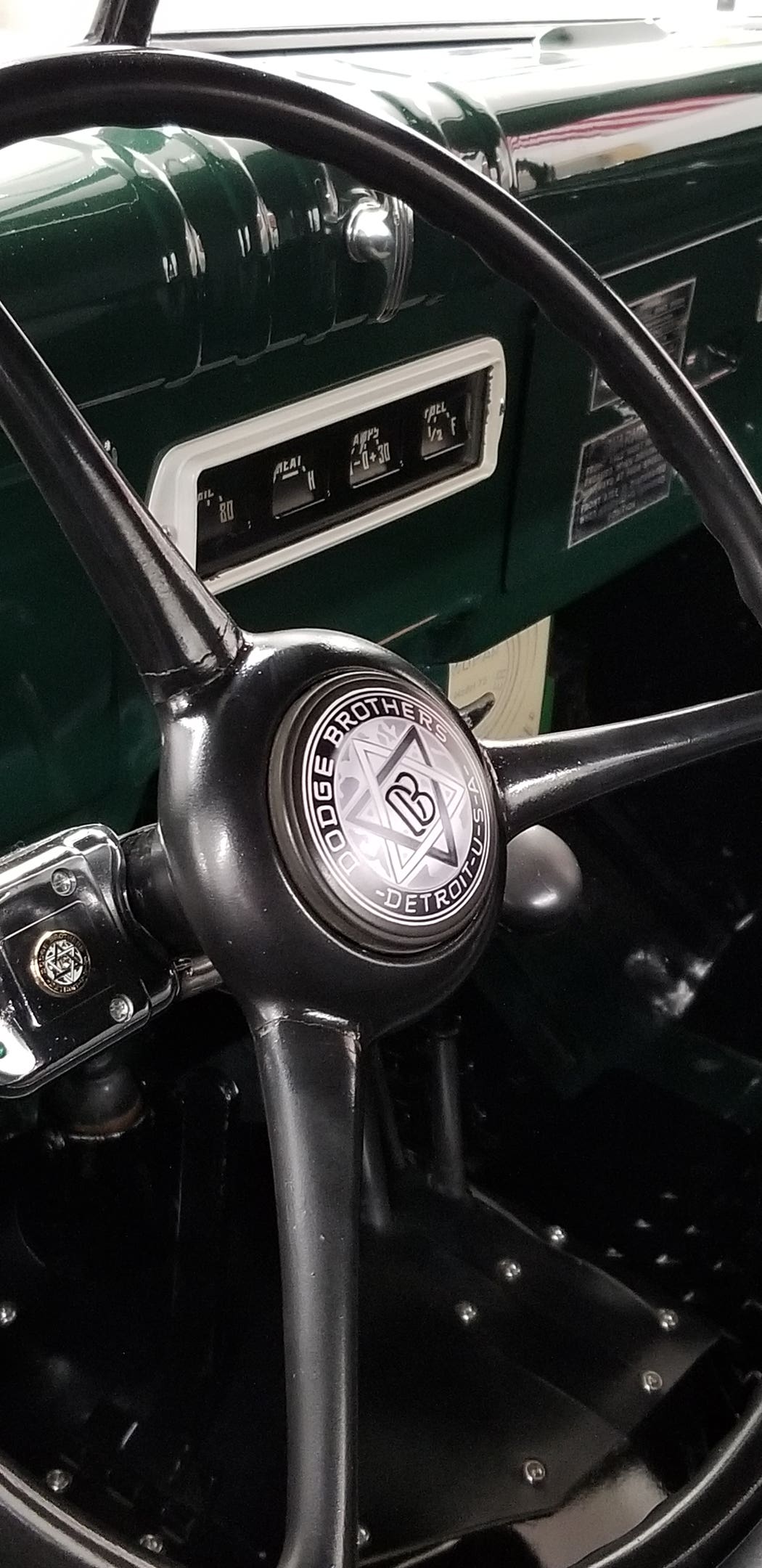
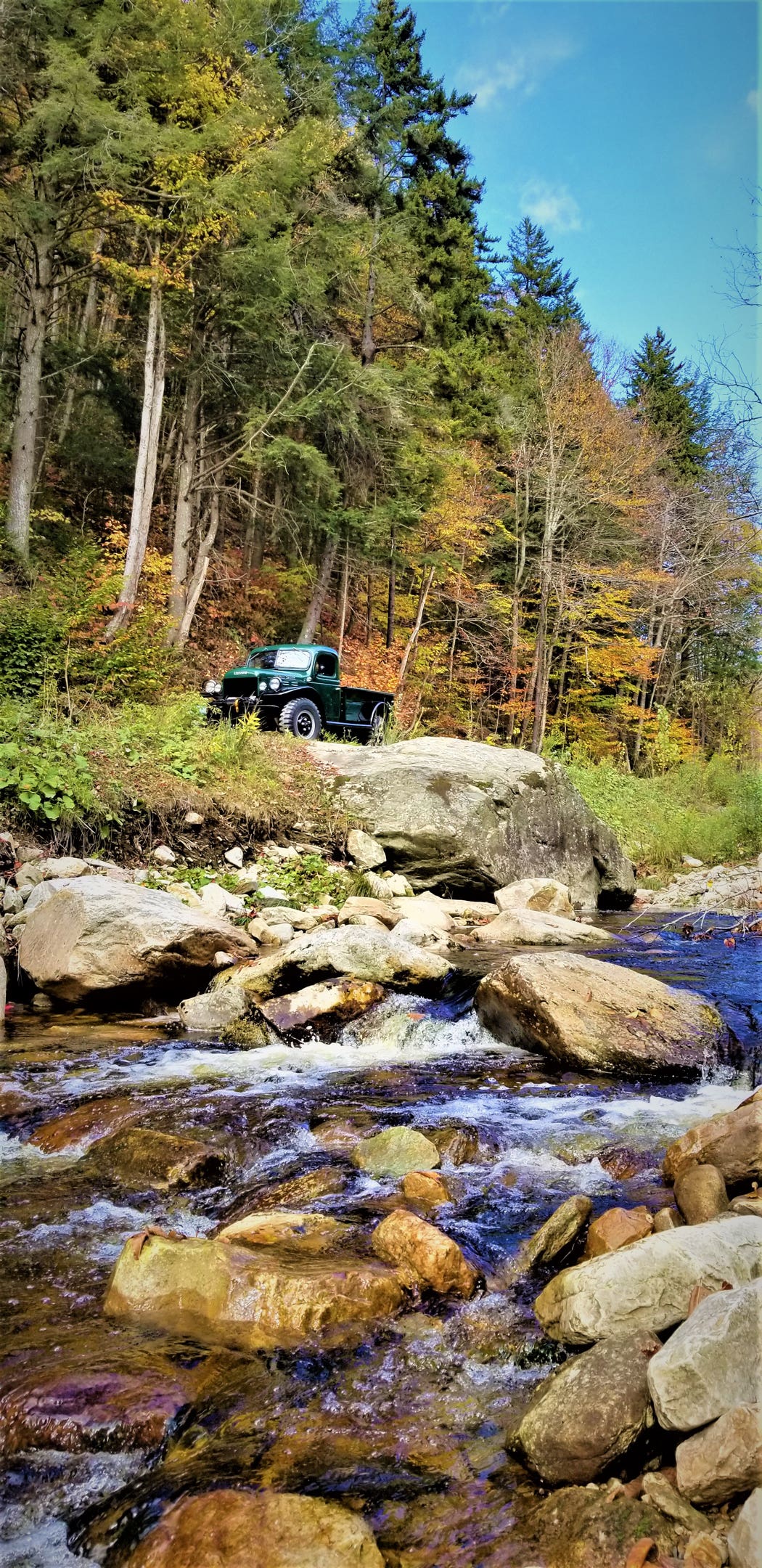
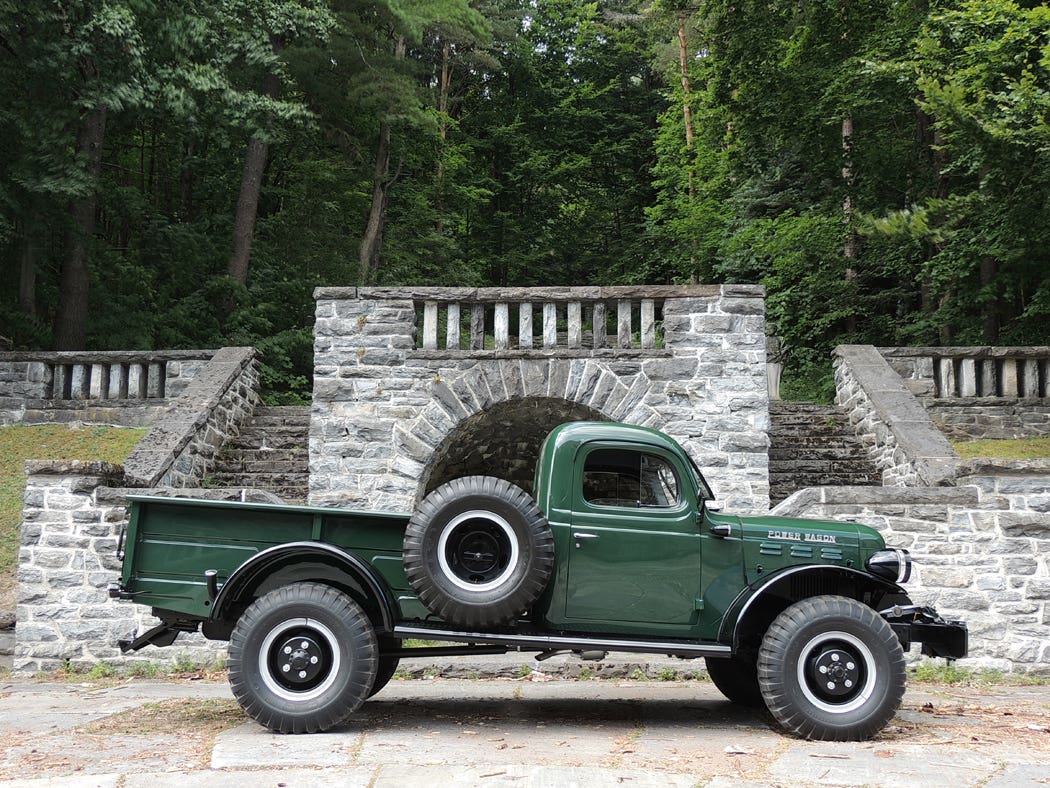
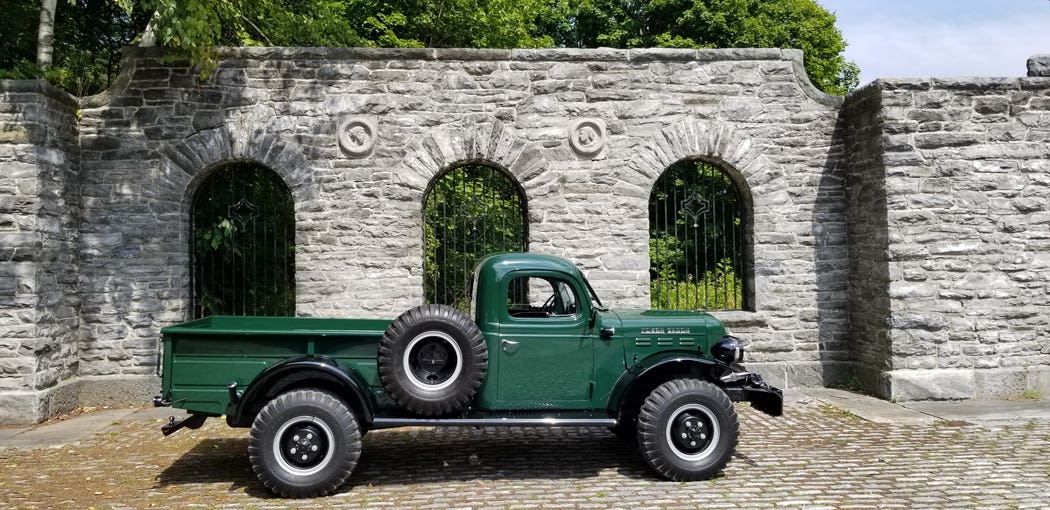

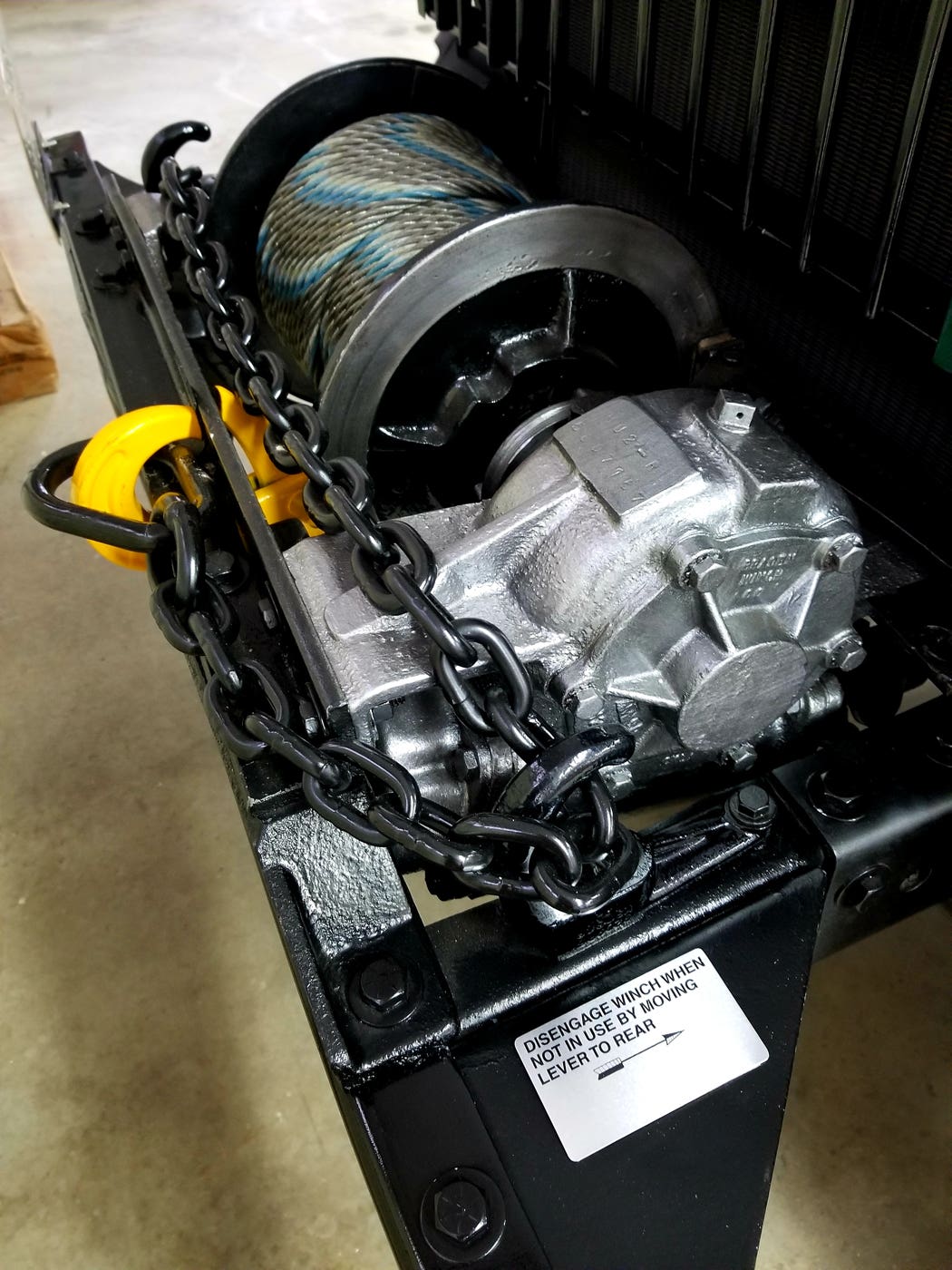
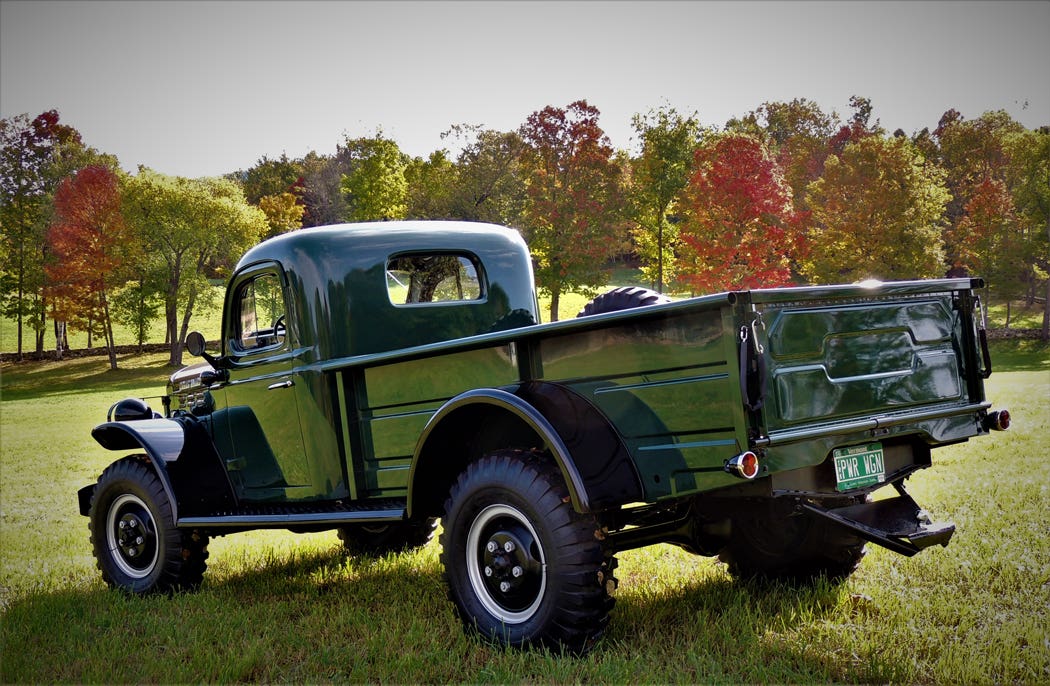
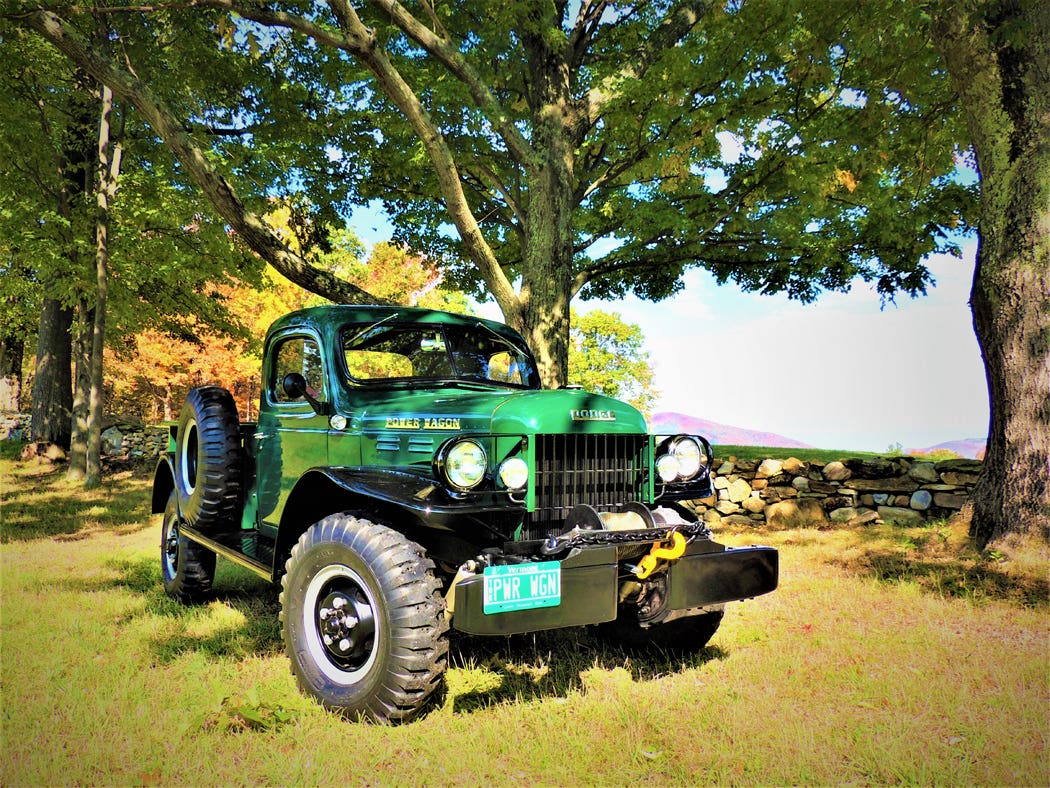

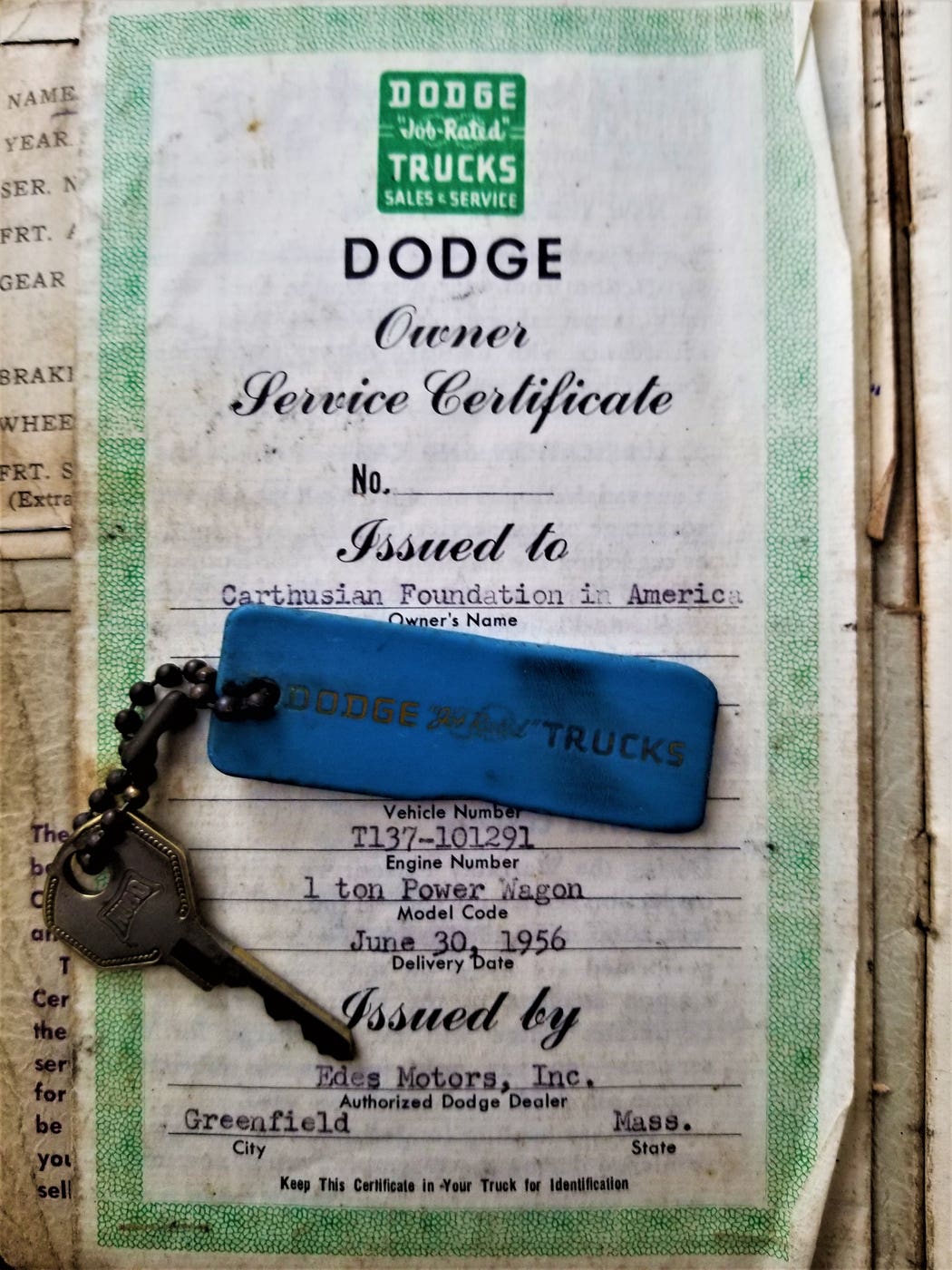
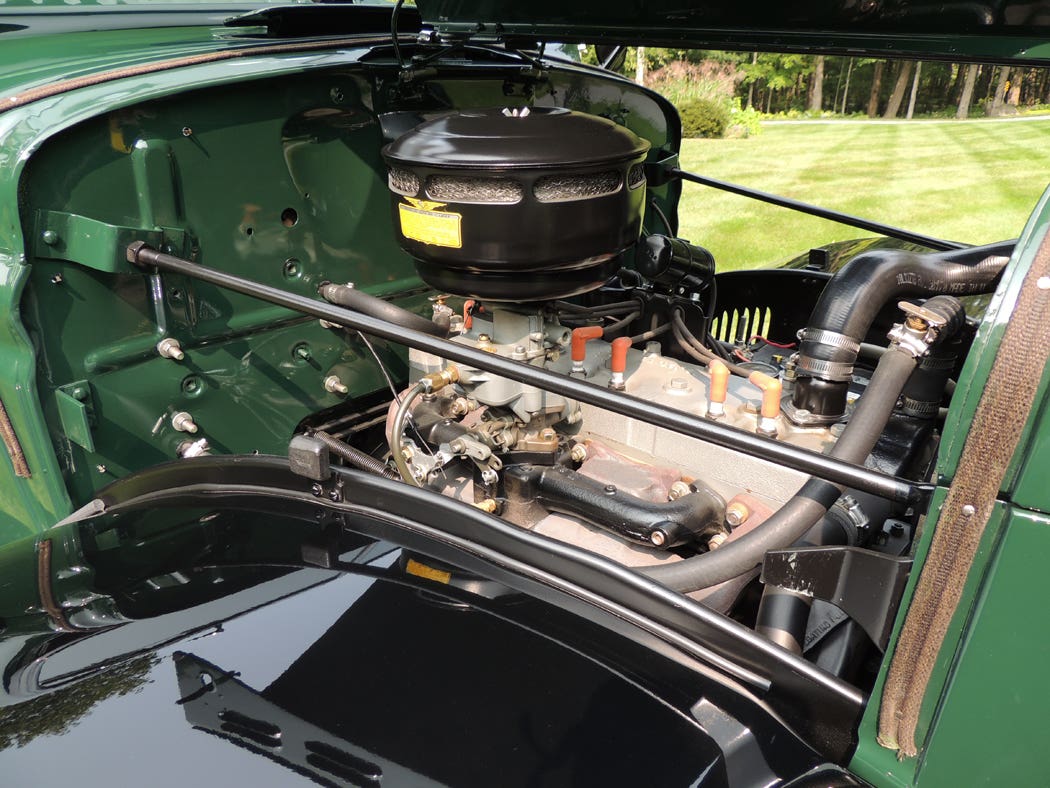
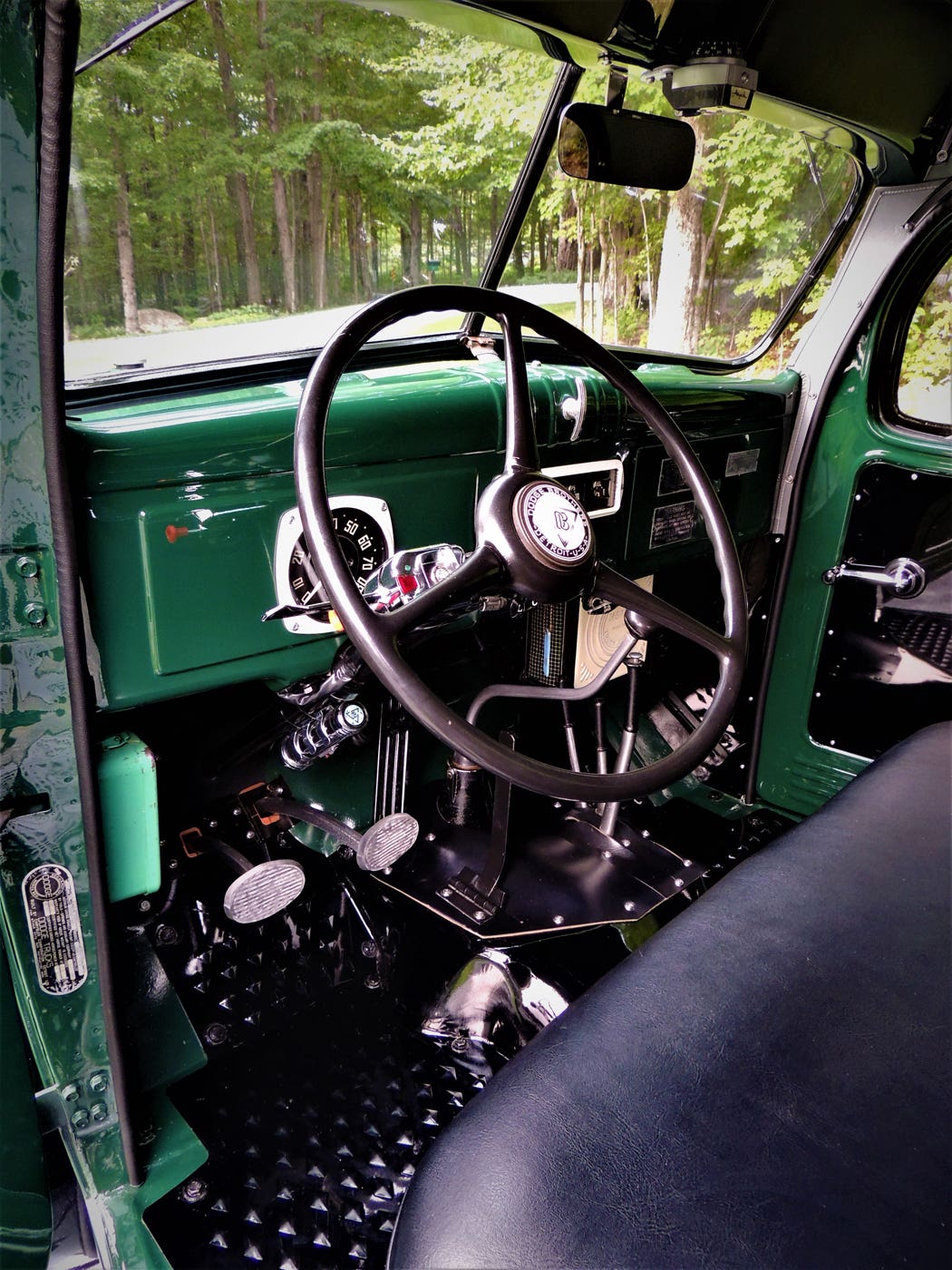
SHOW US YOUR WHEELS!
If you’ve got an old car you love, we want to hear about it. Email us at oldcars@aimmedia.com
*As an Amazon Associate, Old Cars earns from qualifying purchases.








